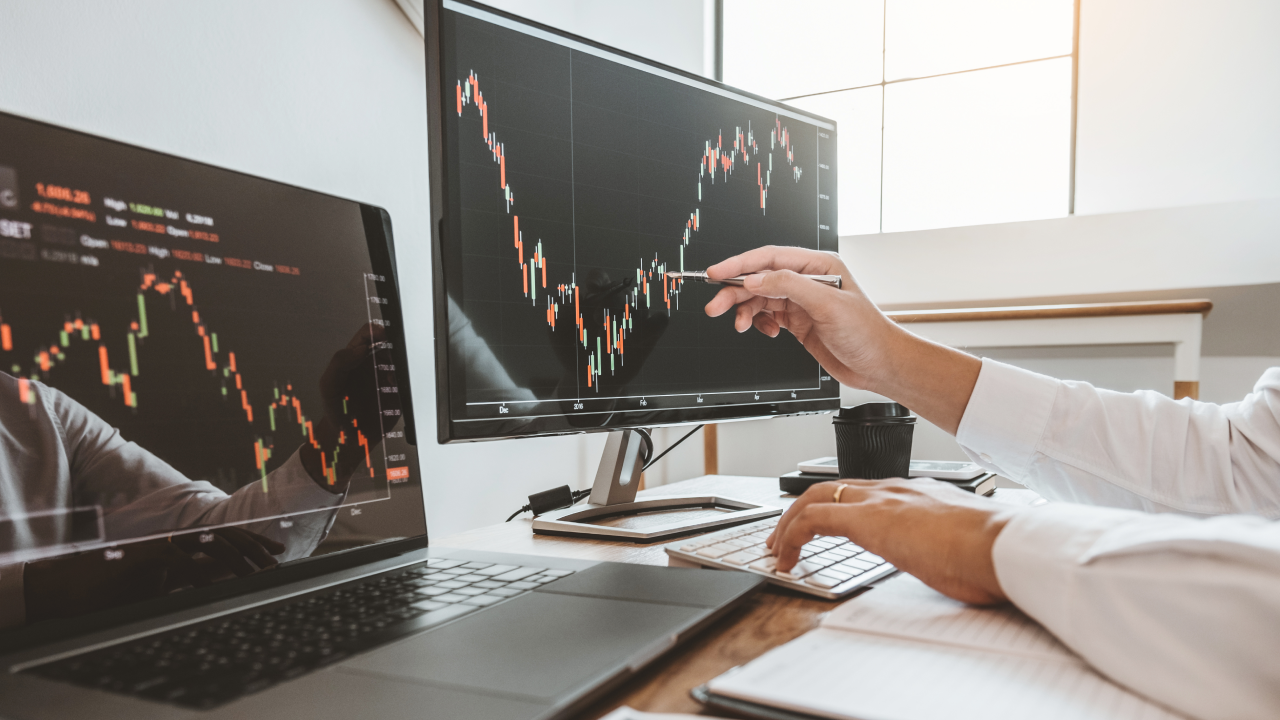What is automated trading, and how does it work? An intelligent solution for asset trading
Automated trading has emerged as a crucial component in the contemporary financial landscape, revolutionising how investors interact with financial markets.
This system employs algorithms, and thus mathematical formulas, to execute buy and sell orders, entrusting a computer programme with the task of operating according to well-defined trading strategies. But what exactly does this approach entail, and its advantages and disadvantages? In short, what is automated trading, and how does it work?
Automated trading: what is?
Automated trading enables you to participate in the financial markets using a computer program that executes trades based on predetermined entry and exit conditions. Traders typically use a combination of technical analysis and setting parameters for their positions, such as opening orders, trailing stops, and guaranteed stops. Automated trading handles trades automatically from start to finish, so you can spend less time monitoring your positions.
Automated trading allows you to execute many trades quickly while removing emotion from trading decisions. All the rules of the trade are already built into the parameters you set. Additionally, some algorithms allow you to use predetermined strategies to follow trends and trade accordingly.
Automated trading: how does it work?
Automated trading systems rely on algorithms or indicators to determine the appropriate times to buy or sell a particular asset. These computer programs may use indicators like the RSI, MACD and Bollinger bands or more complex mathematical and statistical analyses. Once programmed, they operate autonomously, following preset guidelines.
One of the main strengths of these tools is that they allow investors to maintain a more detached approach. However, it is still necessary to constantly monitor that everything is working correctly. Those who use automated trading tend to be less emotionally involved, a strength when trading in the financial markets. In this sector, emotions can, in fact, condition or even destroy correct and rationally constructed strategies.
How widespread is it?
Knowing what algorithmic trading is also means knowing how popular it is worldwide. This market (or sub-sector) is steadily expanding and is gradually winning over many institutional investors (investment funds and large banks) and retailers or retail investors.
Globally, the trading industry has been valued at USD 2 billion in 2022, while the annual growth rate is about 7%. This means that it is estimated to reach a value of 3.5 billion by 2030. The main reason for the recent expansion is related to the increasing quality of these instruments that have become, over time, more and more accurate and reliable
Automated trading: advantages and disadvantages
Automated trading, like any type of market trading, has advantages, disadvantages, risks, and opportunities. There are no recipes for success; each strategy or indicator must be placed in a specific context. This is why it is necessary to achieve adequate preparation and specific skills before venturing into the world of trading.
The discourse may differ if one intends to buy and hold an asset over the long term. An easy strategy to set up in this sense is recurring buying, which requires periodic purchases at regular intervals. If this possibility intrigues you, you can explore Young Platform’s ‘piggy bank’ feature, an easy way to buy crypto by averaging the purchase price.
CTA
Returning to the central theme of this article, namely understanding what automated trading is and how it works, let’s look at the main advantages and weaknesses of this type of trading.
Advantages
- Less emotional involvement: automated trading, algorithms and indicators allow traders to trade according to a rigid strategy. This is very useful to avoid acting impulsively and not being influenced by the movement of the markets.
- Speed of execution: thanks to automatic trading, orders are executed almost instantaneously once the pre-set conditions occur. This way, more time can be devoted to planning the strategy, and the implementation phase can be experienced with peace of mind.
- Ability to manage several strategies at the same time: an automated system can follow several strategies or positions at the same time. This makes obtaining a sufficiently diversified portfolio easier, a fundamental component for trading and investing.
Disadvantages
- Need for monitoring from a technological point of view: contrary to what one might think, automated trading also requires supervision. If you choose to opt for this solution, you must be aware that it is necessary to monitor the functioning of the algorithm regulating the system.
- Risks of non-conforming performance: past performance does not guarantee future results, which may lead to overly optimistic projections.
In conclusion, having understood what automated trading is and how it works, it is worth reiterating that, although it offers numerous advantages, it has risks. Nevertheless, the number of trades handled through this modality is constantly growing.

